May 22, 2025 | 02:29 GMT +7
May 22, 2025 | 02:29 GMT +7
Hotline: 0913.378.918
May 22, 2025 | 02:29 GMT +7
Hotline: 0913.378.918
Inspired by the proposal for the Green Claims Directive, the upgraded Code of Good Labelling Practices was developed by the Committee of Professional Agricultural Organizations-General Confederation of Agricultural Cooperatives (Copa-Cogeca) and European Feed Manufacturers’ Federation (FEFAC) with the support of EU Association of Specialty Feed Ingredients and their Mixtures (FEFANA).
The code for compound feed includes detailed guidelines for communicating the environmental performance of animal feed to farmers, addressing key impact areas such as climate change, eutrophication and livestock emissions abatement techniques. It was approved by SCoPAFF at its Dec. 2-3 meeting following a 12-month assessment.
“The endorsement of the upgraded code represents a major milestone in the path toward sustainable feed and livestock production,” the associations said in their Dec. 16 announcement. “Thanks to this harmonized framework, the feed sector is now better positioned to contribute to reducing the emissions of feed and livestock production.”
The enhanced code, which integrates the Product Environmental Footprint Category Rules (PEFCR) Feed for Food-Producing Animals methodology and the Global Feed LCA Institute database, offers an integrated approach to labeling that supports the feed sector’s efforts to reduce its environmental footprint, the associations said.
It also provides clear recommendations for substantiating environmental claims for compound feed, especially in relation to livestock emissions abatement techniques. Specifically, the code aims to ensure that feed producers can transparently report on the environmental impact of their products, enhancing the feed sector’s transparency toward both livestock farmers and consumers.
By including information on 16 environmental impact categories, including water use and biodiversity, the updated code addresses the need for accurate reporting to meet scope 3 greenhouse gas emissions requirements.
(WG)
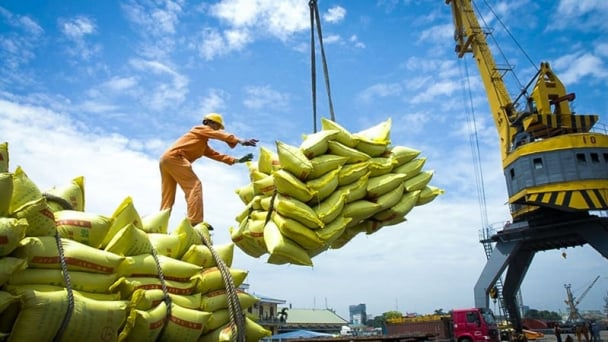
(VAN) The draft amendment to the Circular on rice export trading stipulates a periodic reporting regime for rice exporting enterprises.
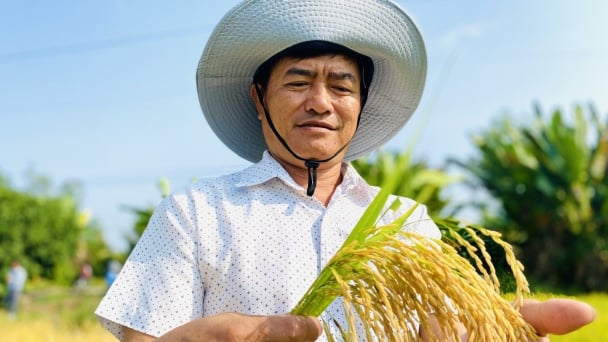
(VAN) Dong Thap farmers attained an average profit margin of 64% during the summer-autumn 2024 crop (first season), while An Giang and Kien Giang farmers followed with 56% and 54%, respectively.
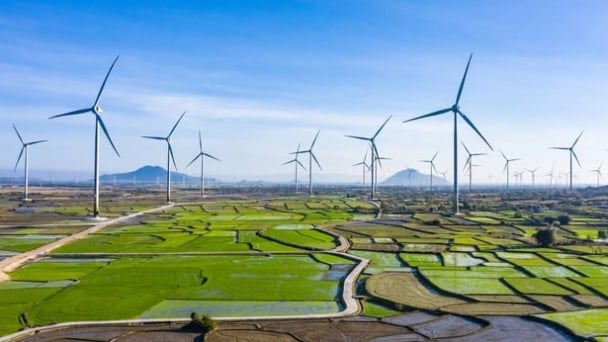
(VAN) As a doctoral student doing research on renewable energy and electrification at Harvard University, the author shares his musings on electricity, nature, and countryside memories.
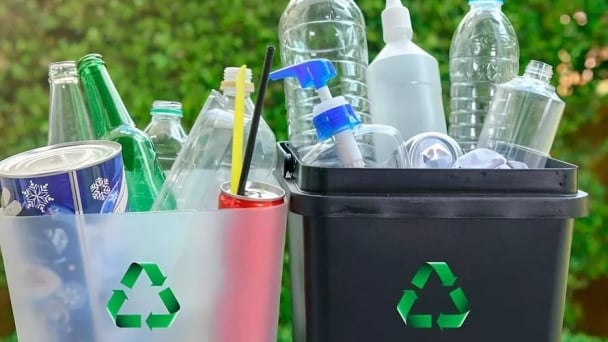
(VAN) The decree on Extended Producer Responsibility (EPR) ensures transparent management and disbursement of support funds, avoiding the creation of a “give-and-take” mechanism.
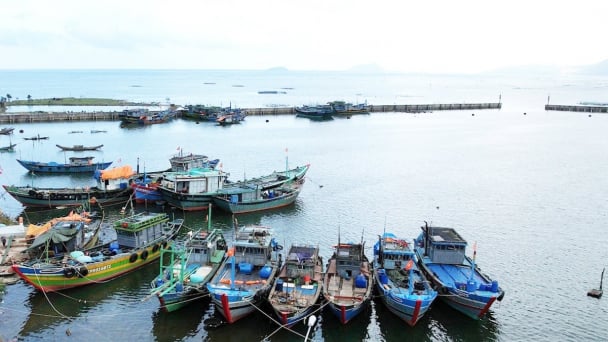
(VAN) Hue City rigorously enforces regulations regarding marine fishing and resource exploitation, with a particular emphasis on the monitoring of fishing vessels to prevent illegal, unreported, and unregulated (IUU) fishing.

(VAN) Hanoi People's Committee has issued a plan on reducing greenhouse gas emissions in the waste management sector with 2030 vision.
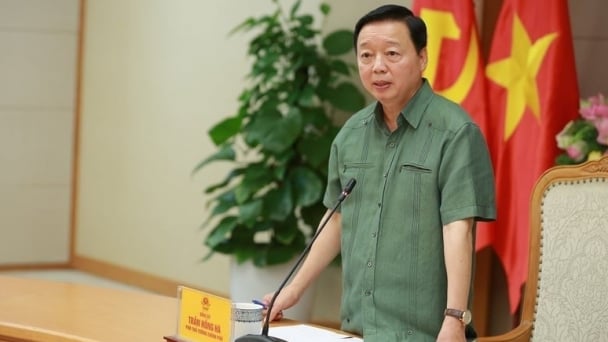
(VAN) Vietnam's draft amendment to Decree No. 156 proposes a mechanism for medicinal herb farming under forest canopies, linking economic development to population retention and the sustainable protection and development of forests.